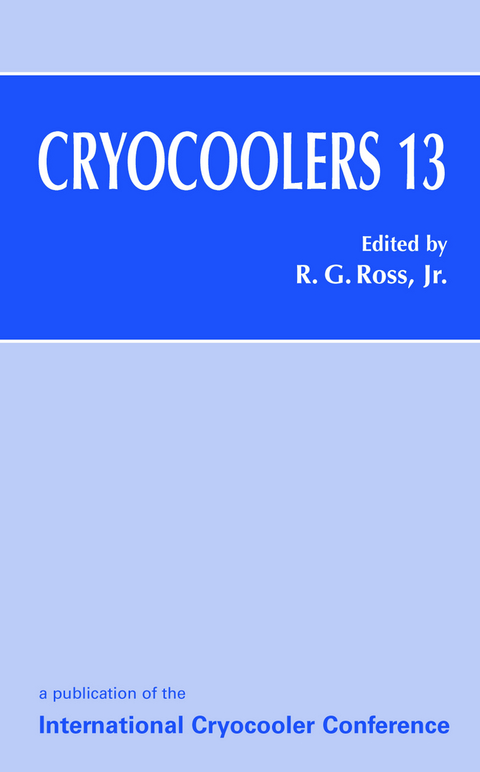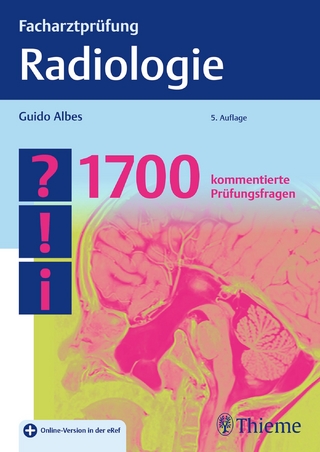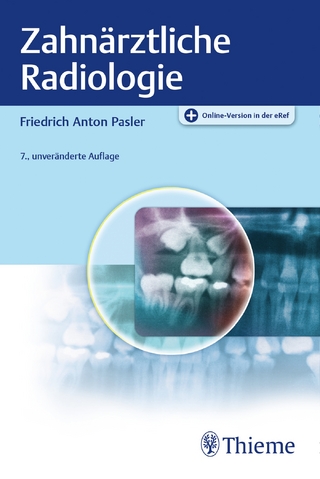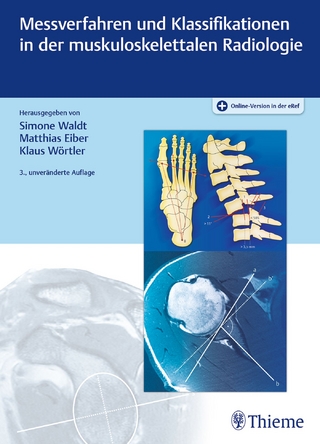
Cryocoolers 13
Seiten
2010
|
Softcover reprint of hardcover 1st ed. 2005
Springer-Verlag New York Inc.
978-1-4419-3670-7 (ISBN)
Springer-Verlag New York Inc.
978-1-4419-3670-7 (ISBN)
The last two years have witnessed a continuation in the breakthrough shift toward pulse tube cryocoolers for long-life, high-reliability cryocooler applications. " Pulse tube coolers of this type use a G-M type compressor and lower frequency operation (~1 Hz) to achieve temperatures in the 2 to 10 K temperature range.
The last two years have witnessed a continuation in the breakthrough shift toward pulse tube cryocoolers for long-life, high-reliability cryocooler applications. New this year are papers de scribing the development of very large pulse tube cryocoolers to provide up to 1500 watts of cooling for industrial applications such as cooling the superconducting magnets of Mag-lev trains, coolmg superconducting cables for the power mdustry, and liquefymg natural gas. Pulse tube coolers can be driven by several competing compressor technologies. One class of pulse tube coolers is referred to as "Stirling type" because they are based on the linear Oxford Stirling-cooler type compressor; these generally provide coolmg m the 30 to 100 K temperature range and operate ^t frequencies from 30 to 60 Hz. A second type of pulse tube cooler is the so-called "Gifford-McMahon type. " Pulse tube coolers of this type use a G-M type compressor and lower frequency operation (~1 Hz) to achieve temperatures in the 2 to 10 K temperature range. The third type of pulse tube cooler is driven by a thermoacoustic oscillator, a heat engine that functions well in remote environments where electricity is not readily available. All three types are described, and in total, nearly half of this proceedings covers new developments in the pulse tube arena. Complementing the work on low-temperature pulse tube and Gifford-McMahon cryocoolers is substantial continued progress on rare earth regenerator materials.
The last two years have witnessed a continuation in the breakthrough shift toward pulse tube cryocoolers for long-life, high-reliability cryocooler applications. New this year are papers de scribing the development of very large pulse tube cryocoolers to provide up to 1500 watts of cooling for industrial applications such as cooling the superconducting magnets of Mag-lev trains, coolmg superconducting cables for the power mdustry, and liquefymg natural gas. Pulse tube coolers can be driven by several competing compressor technologies. One class of pulse tube coolers is referred to as "Stirling type" because they are based on the linear Oxford Stirling-cooler type compressor; these generally provide coolmg m the 30 to 100 K temperature range and operate ^t frequencies from 30 to 60 Hz. A second type of pulse tube cooler is the so-called "Gifford-McMahon type. " Pulse tube coolers of this type use a G-M type compressor and lower frequency operation (~1 Hz) to achieve temperatures in the 2 to 10 K temperature range. The third type of pulse tube cooler is driven by a thermoacoustic oscillator, a heat engine that functions well in remote environments where electricity is not readily available. All three types are described, and in total, nearly half of this proceedings covers new developments in the pulse tube arena. Complementing the work on low-temperature pulse tube and Gifford-McMahon cryocoolers is substantial continued progress on rare earth regenerator materials.
Space Cryocoolers for 4–18 K Applications.- 20 to 80 K Long-life Stirling Cryocoolers.- Space Pulse Tube Cryocooler Developments.- Commercial and Industrial Pulse Tube Cryocoolers.- Thermoacoustically-Driven Pulse Tube Cryocoolers.- Linear Compressor Development and Modeling.- Pulse Tube Analysis and Experimental Measurements.- Regenerator Materials Development and Testing.- Regenerator Modeling and Performance Investigations.- J-T and Throttle-Cycle Cryocooler Developments.- Sorption Cryocooler Developments.- Sub-Kelvin, Magnetic, and Optical Refrigerators.- Cryocooler Integration Technologies.- Space Cryocooler Applications.- Commercial Cryocooler Applications.
| Zusatzinfo | XVI, 726 p. |
|---|---|
| Verlagsort | New York, NY |
| Sprache | englisch |
| Maße | 165 x 248 mm |
| Themenwelt | Medizinische Fachgebiete ► Radiologie / Bildgebende Verfahren ► Radiologie |
| Naturwissenschaften ► Physik / Astronomie ► Angewandte Physik | |
| Naturwissenschaften ► Physik / Astronomie ► Astronomie / Astrophysik | |
| Naturwissenschaften ► Physik / Astronomie ► Optik | |
| Technik ► Elektrotechnik / Energietechnik | |
| Technik ► Fahrzeugbau / Schiffbau | |
| Technik ► Luft- / Raumfahrttechnik | |
| ISBN-10 | 1-4419-3670-X / 144193670X |
| ISBN-13 | 978-1-4419-3670-7 / 9781441936707 |
| Zustand | Neuware |
| Informationen gemäß Produktsicherheitsverordnung (GPSR) | |
| Haben Sie eine Frage zum Produkt? |
Mehr entdecken
aus dem Bereich
aus dem Bereich
Buch (2023)
Thieme (Verlag)
190,00 €


